Material Girl: How To Sound Like Madonna
Building Madonna's early sound
With over 400 million records sold and some of the biggest-grossing tours, Madonna’s four-decade reign in pop music is hard to escape.
Madonna’s journey began with the club music of New York in the early 1980s. Based on the strength of her demo for Everybody, she signed a contract with Sire Records (a Warner Bros. subsidiary) for three singles with a full-length album as an option.
The debut self-titled album, Madonna, dropped in 1983 with three top-ten singles: Holiday, Borderline, and Lucky Star. This garnered international recognition for the singer, who soon appeared in films and performed on American Bandstand and Top of the Pops.
The Madonna Sound
It’s safe to say she was gaining momentum steadily and was able to enlist Chic’s Nile Rodgers, the producer who had just sent David Bowie into global superstardom with Let’s Dance the previous year.
Like A Virgin (1984), with its five singles, became Madonna’s first number 1 album, which created equal parts controversy and notoriety alike. Let’s take a look at some of the elements that contributed to the early Madonna sound.
You are currently viewing a placeholder content from Default. To access the actual content, click the button below. Please note that doing so will share data with third-party providers.
Oberheim DMX
Madonna’s debut album made use of two of the most famous drum machines for the production of the demos and final mixes, namely the LinnDrum and the Oberheim DMX, which we can hear on Holiday.
When combined with the funky NY club scene-influenced drum patterns, the tropical sound of the DMX creates a timeless aesthetic that reaches across musical eras as easily as it reaches across genres.
In a few cases, the LinnDrum drum patterns on the demos were in fact replaced by those from the DMX. Although the sound of these two EPROM drum machines is similar, you can quickly distinguish them from the snare and clap sounds.
There are many DMX sample packs available today, but few of them allow you to customize the drum sound in the same way as the Reel Machines AD Pak within Addictive Drums.
You are currently viewing a placeholder content from YouTube. To access the actual content, click the button below. Please note that doing so will share data with third-party providers.

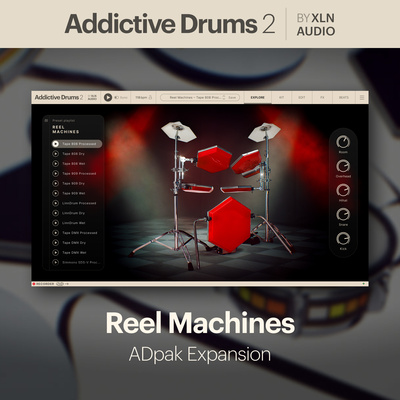
LinnDrum
The majority of pop music acts that broke out in the mid-1980s relied on the sound of the LinnDrum, and Madonna was no different. The groundbreaking digital EPROM drum machine has great sounds and an iconic feel once you’ve programmed your pattern.
One of the exciting aspects is the ability to pitch the individual drum voices up or down to better suit the song or to create a completely unique kit as Prince did on When Doves Cry.
Madonna’s first album was completely produced with patterns from the LinnDrum, save for a few key tracks where the LinnDrum on the demo was later replaced by the aforementioned Oberheim DMX.
Luckily, there are many methods to replicate the sound of the LinnDrum like the Reel Machines AD Pak for Addictive Drums 2. When creating patterns, be sure to experiment with swing, as this can help produce a more authentic 80s feel.
You are currently viewing a placeholder content from YouTube. To access the actual content, click the button below. Please note that doing so will share data with third-party providers.

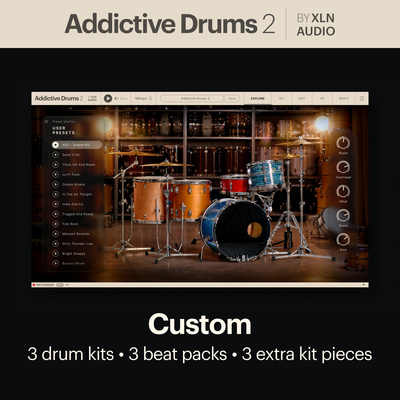
- LinnDrum Software Tools
Roland MKS-80
The Roland MKS-80 might not be on your top ten synths of all time, but it’s a powerful analogue polysynth used by some of the biggest music acts and it saw plenty of use on Madonna’s early records like Into The Groove.
With 16 oscillators, the 8-voice architecture allows two oscillators per voice. Although they aren’t discrete oscillators like the famous Jupiter-8, it’s still a powerful sound-creation machine with patches developed by Eric Persing of Spectrasonics.
The Jupiter Xm is a worthy modern alternative, with Roland’s ZEN-Core engine and four synth parts plus a drum part to work with an impressive collection of classic Roland synths and drum machines.
When creating sounds with virtual analogue or even software synths, using oscillator detune as well as chorus effects can produce more authentic results, and don’t forget to add a healthy dose of 1980s-style digital reverb.
You are currently viewing a placeholder content from YouTube. To access the actual content, click the button below. Please note that doing so will share data with third-party providers.

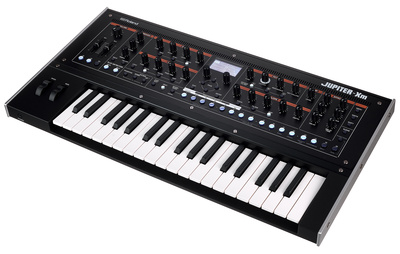
ARP 2600
The ARP 2600 is one of the most sought-after synths of all time for many reasons. It’s semi-modular design makes it capable of producing a huge range of sounds, from melodic elements to drum sounds.
Another aspect of the ARP 2600 is its unbelievably pure sound and the the way it can cut through even the most dense mixes. Every characteristic makes it perfect for the energetic sound of Madonna’s debut album.
You can hear it used to create the bassline on Borderline where it drives the track with a sound that still comes across as fresh today. Luckily, the ARP 2600 was kept alive by KORG in the form of the 2600 M.
Although certain features are omitted in the design specifications, with the help of a sequencer like the Arturia Beatstep Pro you can easily recreate basslines with the same feel.
You are currently viewing a placeholder content from YouTube. To access the actual content, click the button below. Please note that doing so will share data with third-party providers.

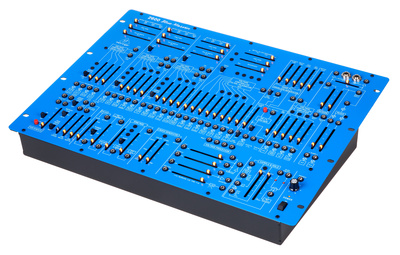

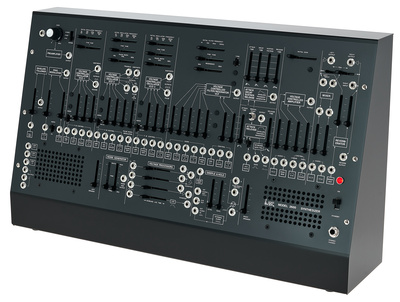
- The History of ARP
Oberheim OB-X
The incredible-sounding Oberheim OB-X is also an important puzzle piece in the early Madonna sound. The OB-X, is about as Oberheim as a synth can be, with discrete components and the classic SEM filter.
Being polyphonic, the OB-X was available in 4, 6, and 8-voice versions that made it capable of creating a wide range of sounds. From pads and chord stabs to leads and basslines, OB-X was perfect for synth pop.
Timeless classics like Holiday made use of the OB-X for its glistening colourful sound, which continues to reach new audiences every festive season.
The OB-X8 Desktop brings the classic Oberheim sound in a format that allows you to fit another synth into your home studio setup. Alternatively, you can also use the GForce OB-X plug-in.
You are currently viewing a placeholder content from YouTube. To access the actual content, click the button below. Please note that doing so will share data with third-party providers.

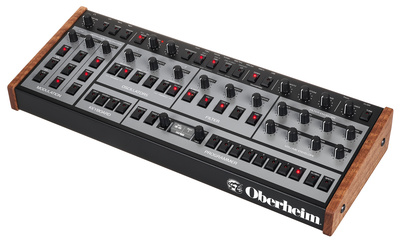
- More from Oberheim
Which of your favourite artists would you like to see in our Sound-alike series? Please let us know in the comments below!
More about Madonna:
- Her official page
- More Sound-alikes
*Note: This article contains affiliate links that help us fund our site. Don’t worry: the price for you always stays the same! If you buy something through these links, we will receive a small commission. Thank you for your support!
2 responses to “Material Girl: How To Sound Like Madonna”
 4,2 / 5,0 |
4,2 / 5,0 | 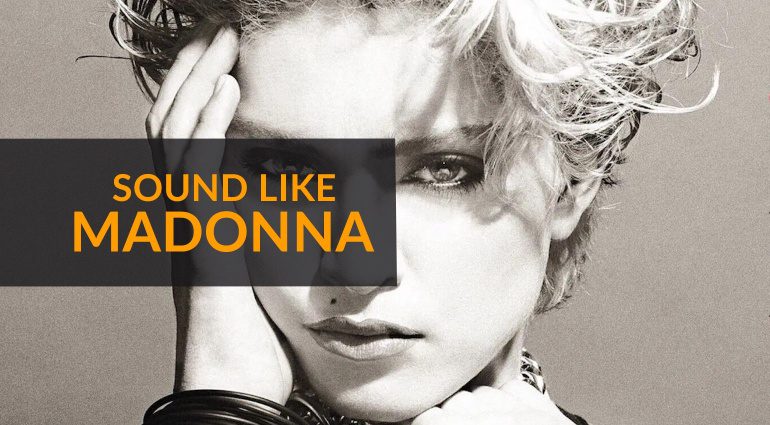

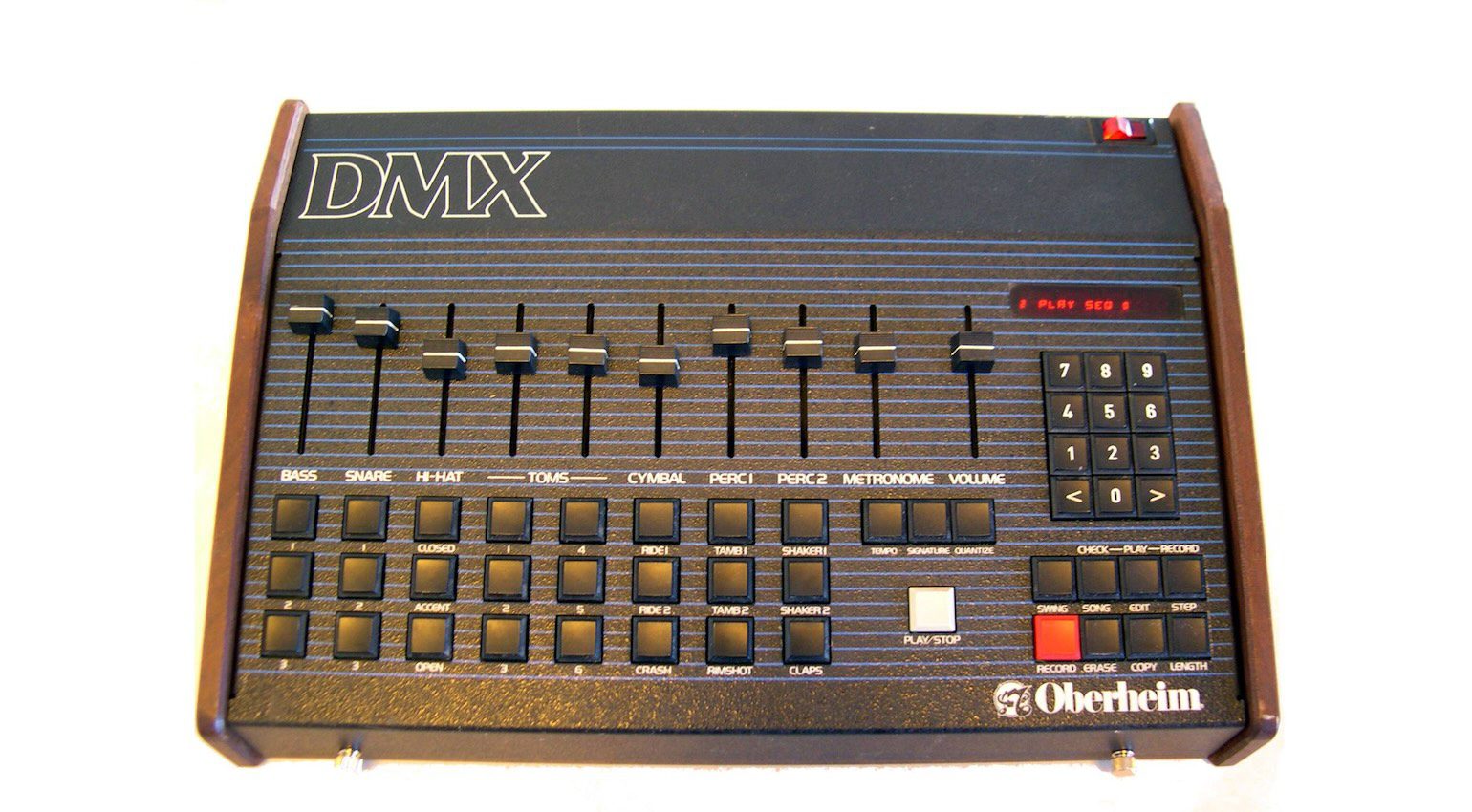

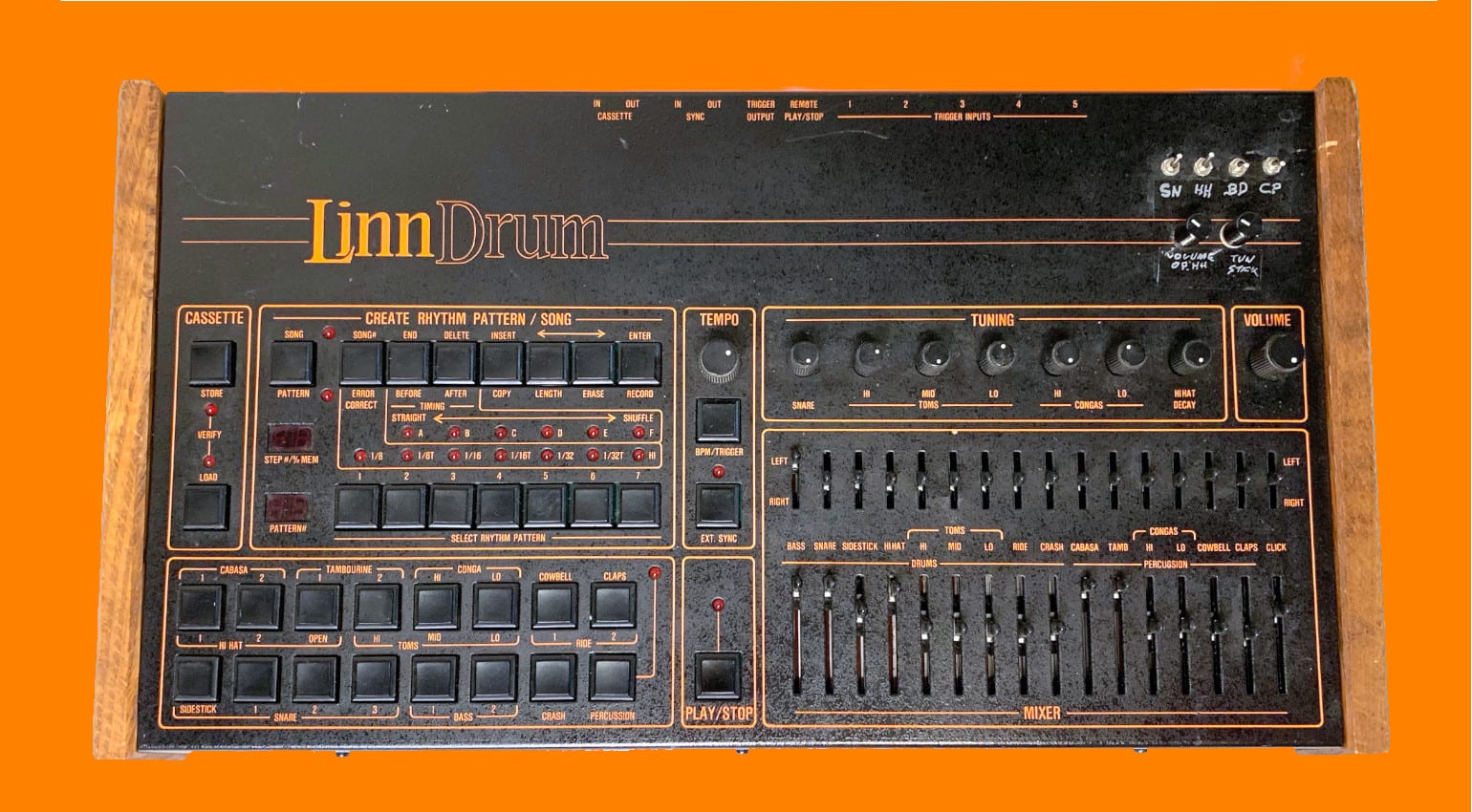
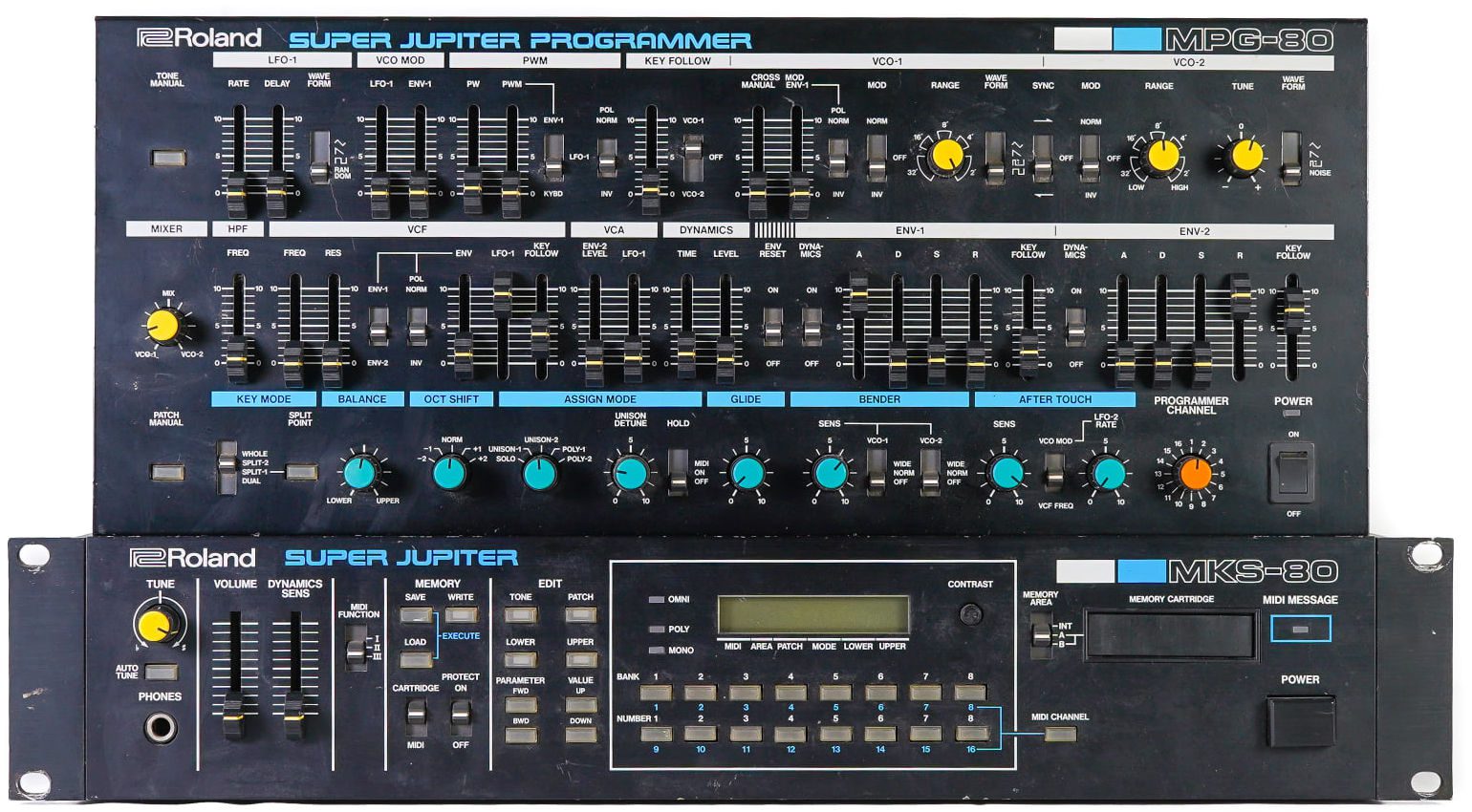
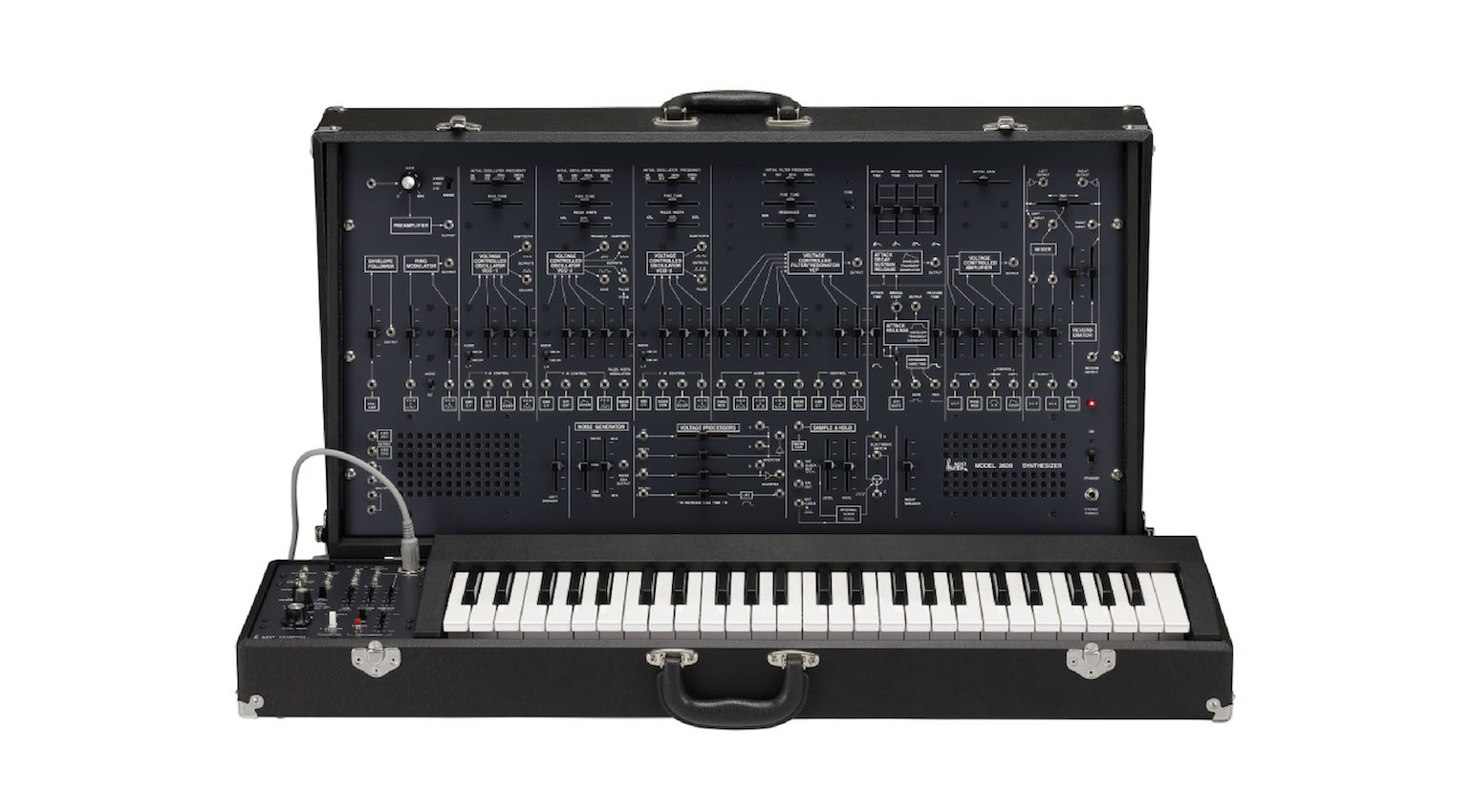
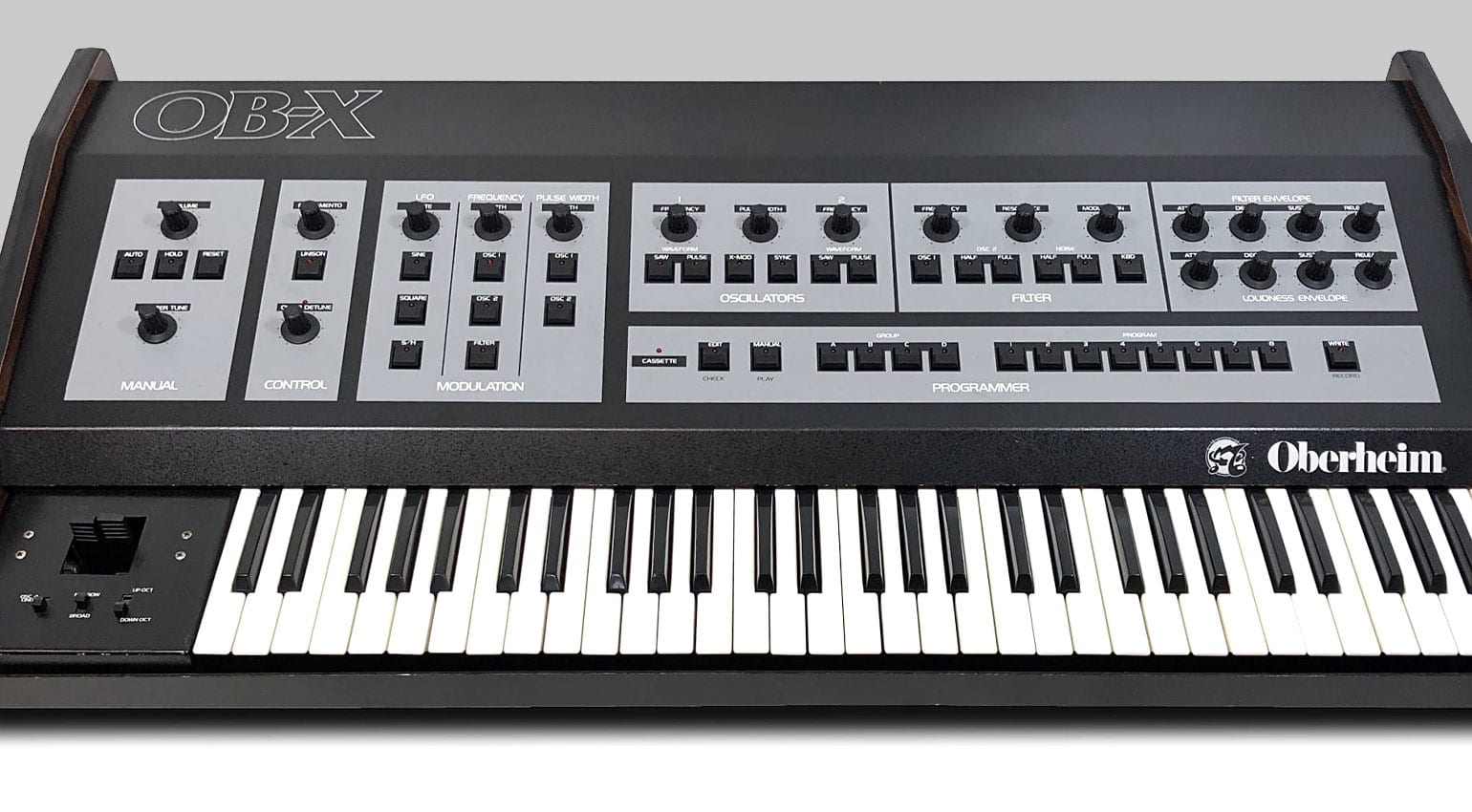
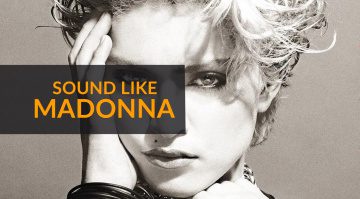

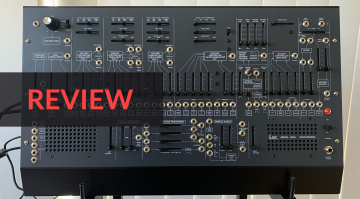
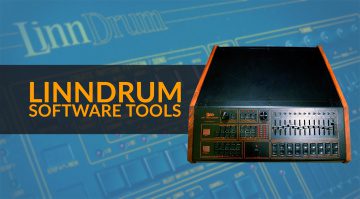

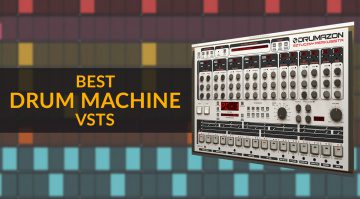

Thanks for your high quality articles ! I’d love to see Gesaffelstein in a future Sound-alike publication. Especially early productions like Conspiracy, Trans, Pursuit…
Thanks for a great article!
I would add GForce’s Dmx and Icon Drum VSTs! Absolutely fantastic plugins!